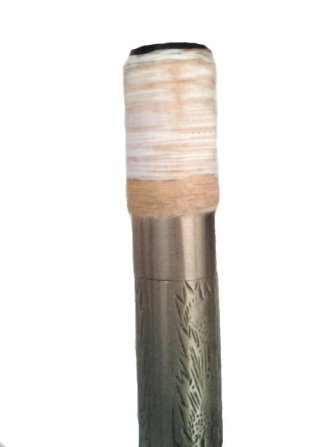Bagpipe Maintenance
To ensure steadiness of tone and good performance, proper bagpipe maintenance is necessary. Joints must be hemped correctly to be airtight but movable. An under-hemped joint leaves the joint movable and not airtight, contributing to an unsteady sound. An over-hemped joint puts undue pressure on the wood, risking cracking and seized joints.
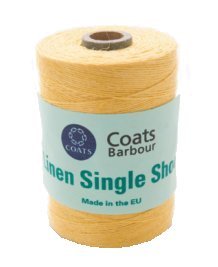
Types of hemp
I have used un-waxed yellow bagpipe hemp for years, and it has served me flawlessly. There are varying thoughts on which type to use, but I have found this one to be the most reliable and effective.
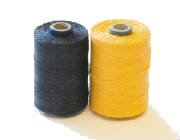
Dry Hemp V's Pre-Waxed
I am not in favour of pre-waxed hemp as it is very greasy and with time becomes very smooth and relies on a very tight joint to give a seal. A great recipe for wood splitting as it contracts with the climate. Un-waxed hemp has a natural give in it that will move with the wood. In addition, when pre-waxed hemp is coated with cobblers’ wax the two substances dilute and mix leaving a sticky mess and the pre-wax does not allow the cobblers wax to penetrate the hemp.
Hemp that is unwaxed helps control moisture by drawing in the condensation on the inner surfaces of the stocks and drones through capillary action. If the joint is made as described on this page, it will not excessively swell and seize.
The pre-waxed hemp does not allow the wooden joints to communicate with each other, as tonal quality is primarily influenced by the wood. The hemp, when waxed, dampens the wood's ability to acoustically couple. You may think I'm talking nonsense, but give it a try and you'll notice the difference. Regardless of your choice, the method remains the same.
Method
Time taken to apply the layers of hemp in an even manor is time well spent. Ensure that each strand is placed next to the other with no gaps, applying firm pressure as you do so.
Apply one layer of hemp then roll the joint between two hard surfaces, eg table top and piece of wood, to bed the hemp in place. This helps greatly in avoiding having to "top up" the hemp a week later when it has compressed itself.
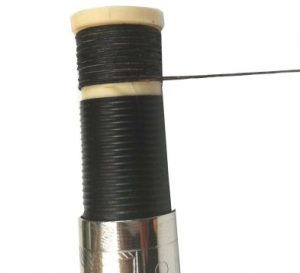
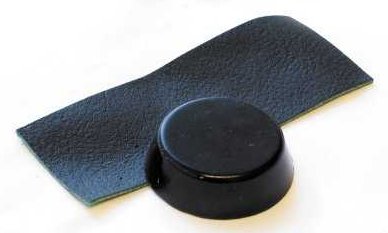
Initial layers
Un-waxed hemp and cobblers wax are the main components. Coat enough hemp with cobblers wax to make the first neat layer of hemp on the joint. Once this initial layer is complete roll the joint between two hard surfaces, this will leave a nice compressed layer as a base for the next one.
Repeat this for the next layer. This provides a good base that will last for years and years and when its time for a re hemp then only the top couple of layers will need replaced. Repeat this layering and rolling as many times, as is necessary. Finish off by making the last two layers of your joint with un-waxed hemp.
On stock joints make the last three layers in un-waxed hemp. This is allows moisture collecting in the stock to wick into the hemp which assists a little with moisture control and ensures an airtight seal without the risk of over swelling that would be caused if all layers were un-waxed.
I made the videos below following a request by Inveraray and District's Pipe Major to demonstrate to fellow band members my bagpipe maintenance methods for achieving the instrument I have.
A person applies the initial layer of un-waxed hemp correctly, coating it with cobbler's wax.
Roll a layer of hemp between two hard surfaces before adding the next layer.
A person applies the 2nd layer of cobblers wax to the hemp in the bagpipe joint after rolling it.
After rolling the previous layers, the first layer of un-waxed hemp is applied.
Apply the final layer of un-waxed hemp, rolling it between every application.
The result is a bagpipe that is not a struggle.
Finishing
